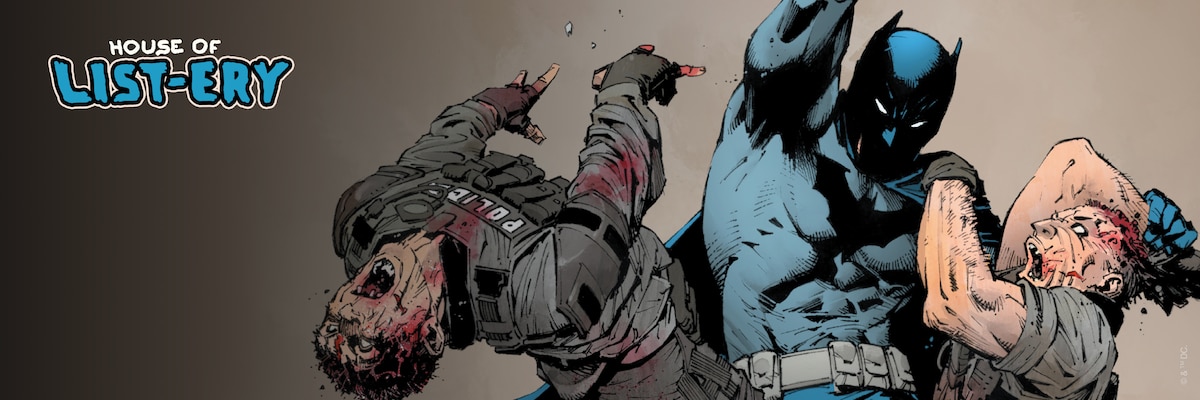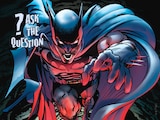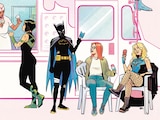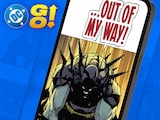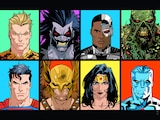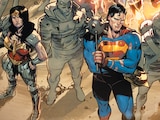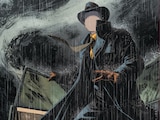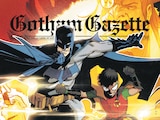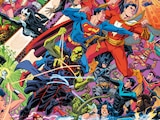Greetings, fright fans! While it may be best known for its superhero action, the DC Universe is vast enough to allow for countless types of stories—from cosmos-spanning sci-fi tales to hilarious comedies to thrilling cowboy westerns. But at Halloween time, we here at DC HQ are all about the scary. Scores of great horror comics have been published by DC: anthology titles like House of Mystery and House of Secrets, supernatural solo character faves The Spectre and Swamp Thing, and epic events like DCeased. Here are my picks for the seven scariest…
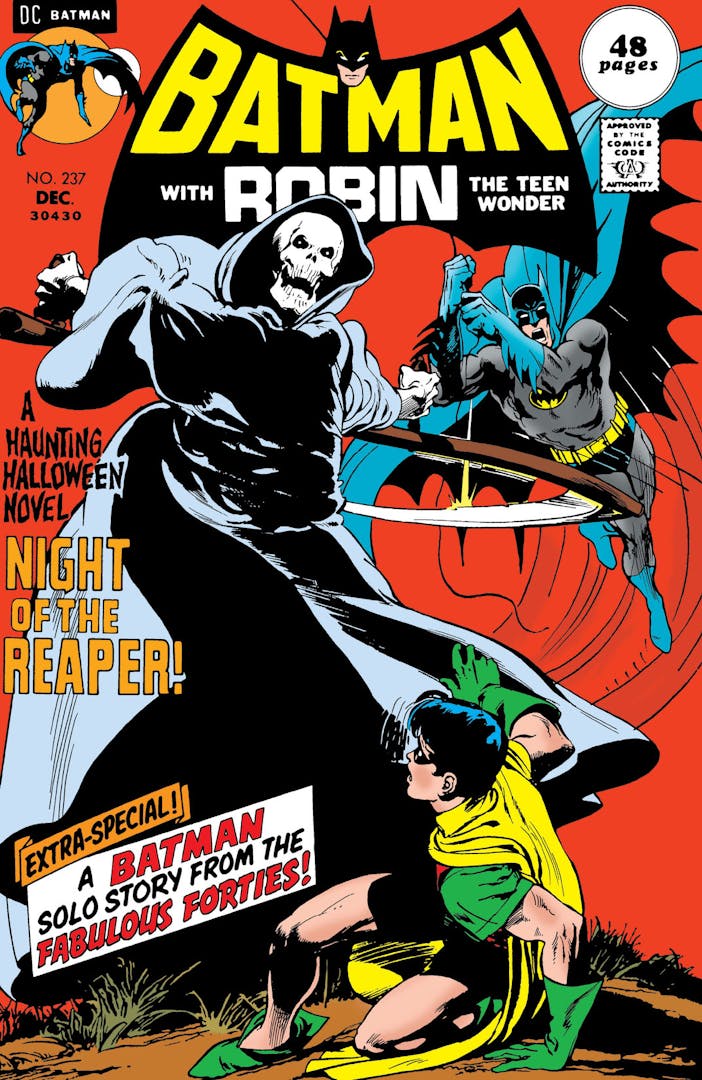

“Night of the Reaper!”
One of the finest stories created by the Caped Crusader’s team supreme—artist Neal Adams and writer Denny O’Neil—“Night of the Reaper!” (published in December 1971’s Batman #237) finds the Dynamic Duo embroiled in a series of murders in Rutland, Vermont during the town’s annual Halloween parade (inspired by the real town’s superhero-themed event frequented by comic creators). What begins as a supernatural-flavored thriller winds up with Batman facing the consequences of the worst kind of real world evil.
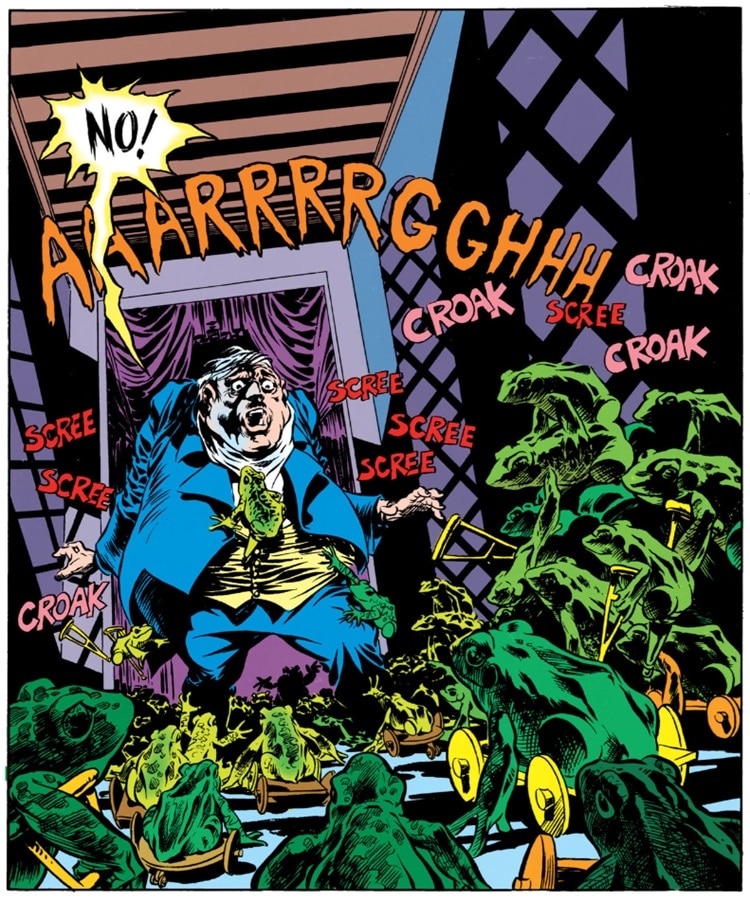

“The Gourmet”
Horror anthology comics like EC’s Tales from the Crypt were all the rage in the 1950s, until they were shut down by the infamous congressional hearings initiated by Dr. Fredric Wertham that led to the creation of the Comics Code Authority. Fortunately, the code’s restrictions were largely removed by the 1970s, leading to a Golden Age of DC horror titles. The anthology comics House of Mystery, House of Secrets and Plop! were among the finest, and no artist was as synonymous with horror as Bernie Wrightson (whose illustrated Frankenstein inspired this season’s Guillermo del Toro film).
Wrightson’s most fondly remembered tale may be “The Gourmet”—written by Steve Skeates—which debuted in the September-October 1972 first issue of Plop! Concerning a gluttonous gourmand with a taste for frog legs who gets his comeuppance, it harkens back to the EC stories of old. It can be found in the Welcome Back to the House of Mystery collection, which includes other classic shorts of the era.
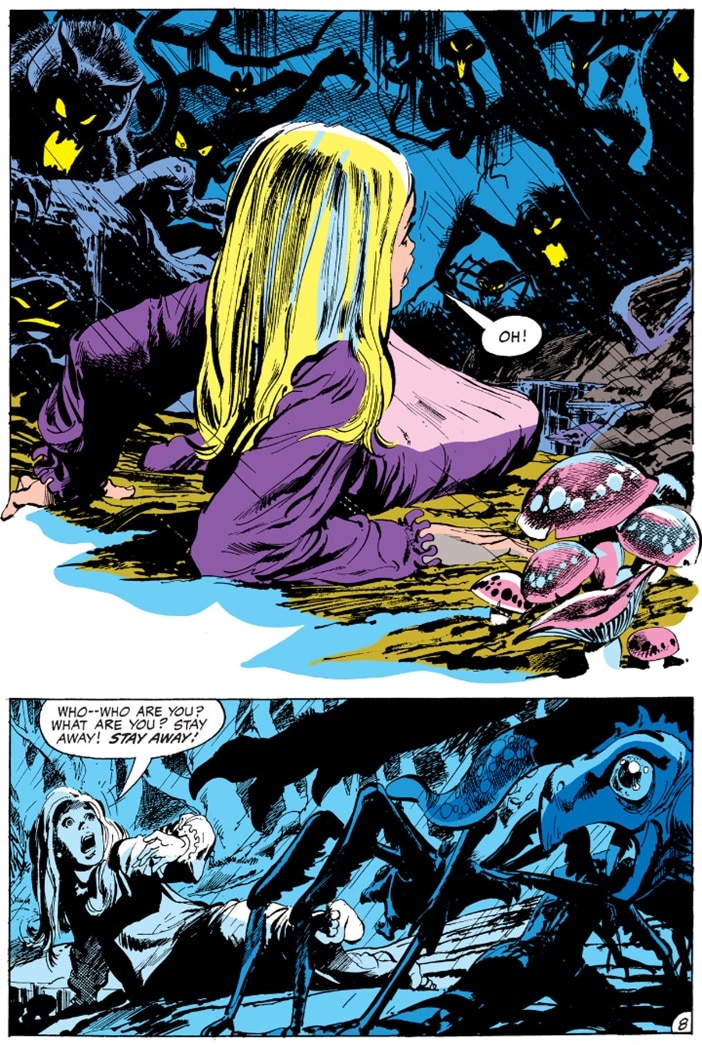

“Nightmare”
While best known for his superhero tales, Neal Adams was a master of most any genre he tackled, including horror. The celebrated illustrator’s chops are on full display in “Nightmare.”
Written by Robert Kanigher and first published in May 1970’s House of Mystery #186 (which also includes another first-rate Bernie Wrightson tale, “The Secret of the Egyptian Cat”), this short chronicles a young girl’s journey into madness of the sort that would give even Lewis Carroll bad dreams. And yet, don’t be surprised if you find yourself tearing up a little at the end. A truly twisted rollercoaster of emotion.
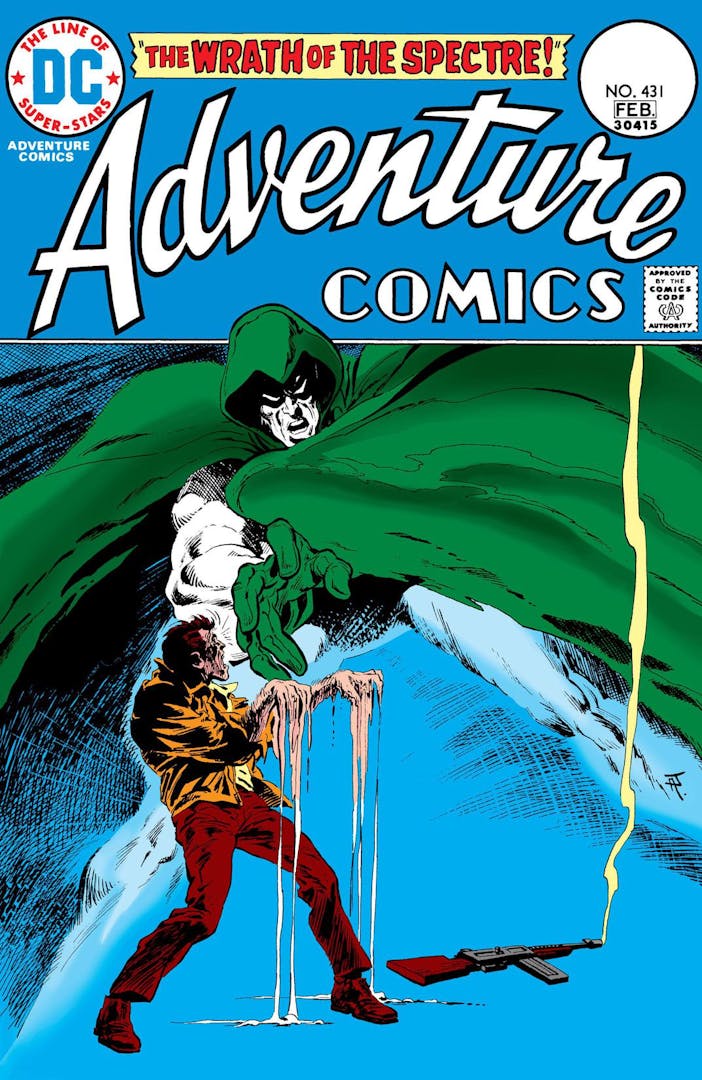

“The Wrath of…the Spectre”
The god-like avenging Spectre’s finest hour remains his short-lived but unforgettable solo run in the pages of Adventure Comics, beginning with January 1974’s Adventure Comics #431 (“The Wrath of…the Spectre”). Written by Michael Fleisher and illustrated by Jim Aparo, these tales utilize both the tragic twists of the horror anthologies and the justice-minded bravado of the superhero titles. Here, the Spectre was perfected as a kind of sadistic Green Lantern, capable of not just stopping his foes with the power of his imagination and will—but utterly obliterating them in spectacular fashion, be it by slicing them in half with a giant pair of scissors or melting their flesh right off their bodies. Prefiguring the lethal antiheroes of the ’80s and ’90s, the Spectre of the ’70s was DC’s most horrific hero.
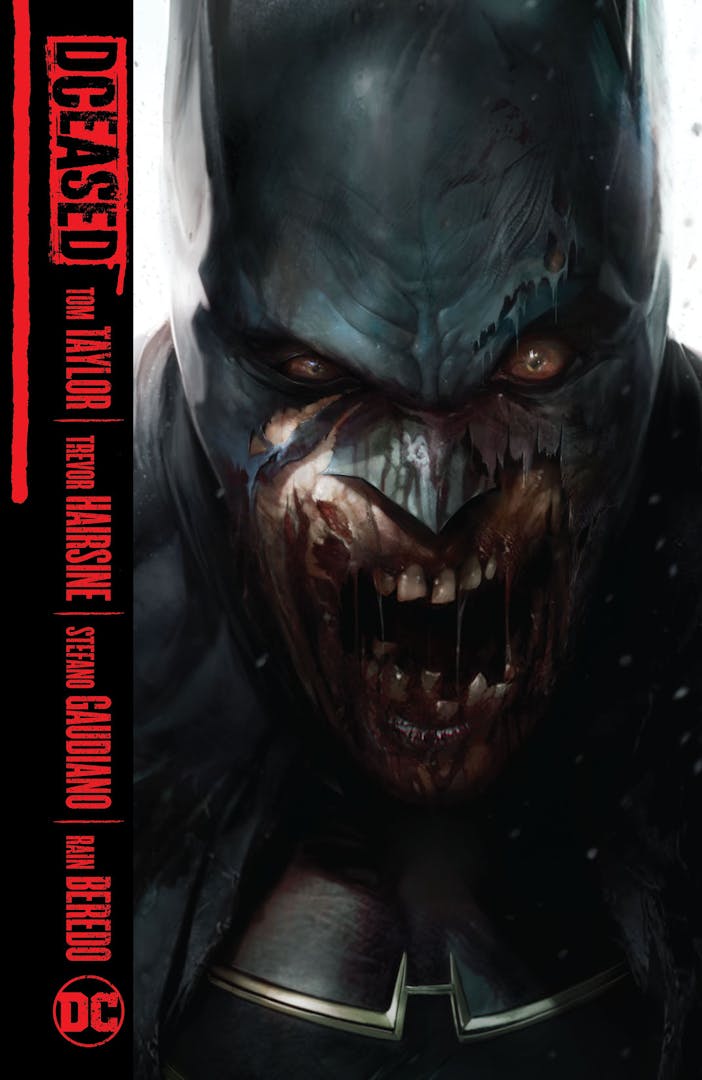

DCeased
It’s the series that shouldn’t have worked. DC’s heroes turned into zombies, more than a decade after the zombie craze of the 2000s. But never doubt writer Tom Taylor—here paired with penciler Trevor Hairsine—when it comes to telling an alternate world story. As he demonstrated earlier with Injustice, Taylor has a gift for capturing the essence of DC’s characters no matter the context. Horrific, suspenseful and oddly touching, 2019’s DCeased offers one of the most compelling storylines in recent mainstream comics history. It’s followed by two sequel series and three spin-offs, all of which are also worth your time. (If your nerves can still handle it, that is.)
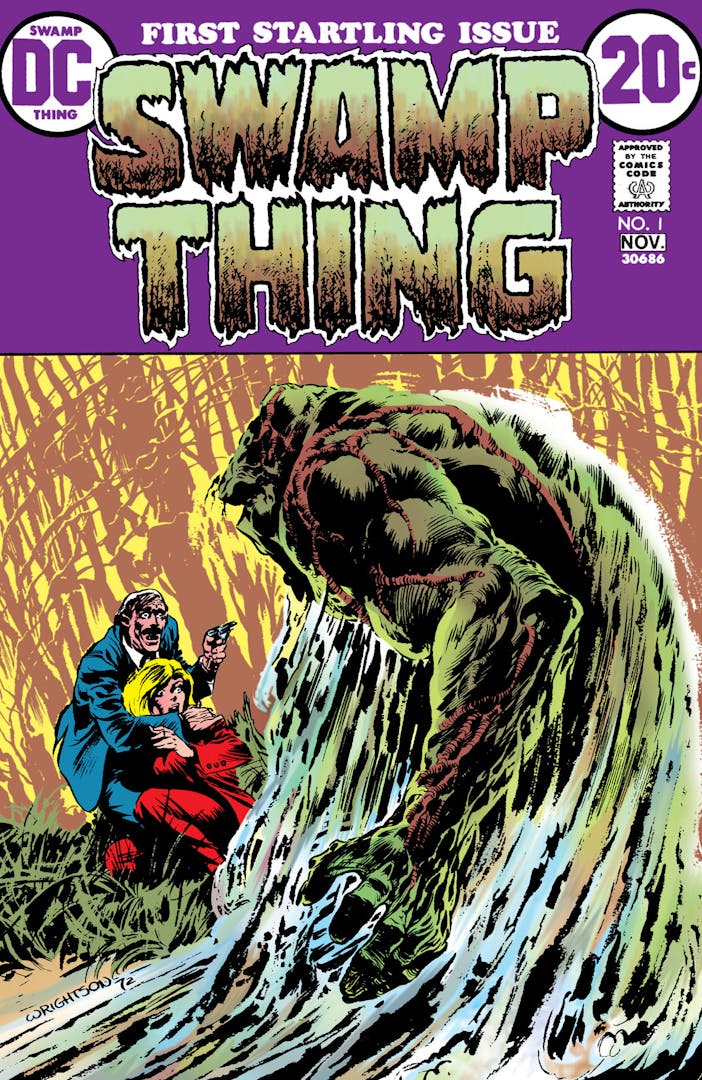

Swamp Thing
What horror comics list is complete without DC’s greatest horror hero? As great as Alan Moore’s run on the 1980s Saga of the Swamp Thing was (including its high point Love and Death), writer Len Wein and artist Bernie Wrightson’s original run on the character they created remains timeless. Starting with October 1972’s Swamp Thing #1, which details how scientist Alec Holland becomes “a muck-encrusted mockery of a man,” the first ten issues of Swamp Thing function as one prolonged story. They employ all the tropes of gothic European horror that Hollywood brought to the big screen in the 1930s, while perfecting them for the comic medium. It remains Wrightson’s comic masterpiece, and in a long career that saw him co-create Wolverine and edit Watchmen, this just might be the best thing Len Wein ever did.
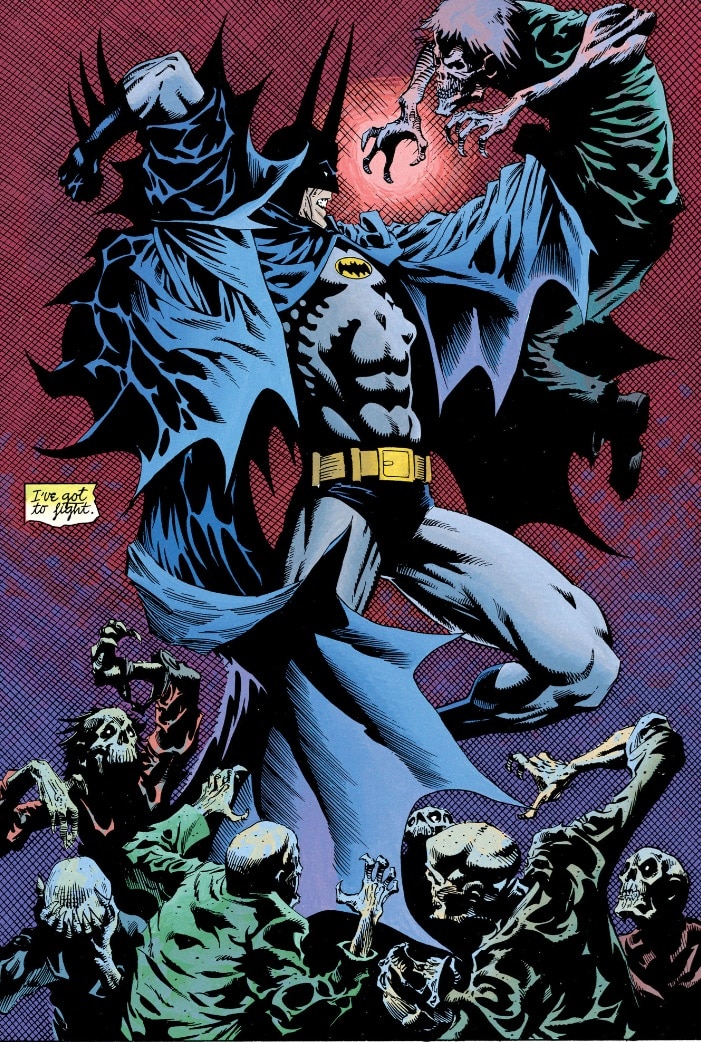

Batman & Dracula: Red Rain
No regular Justice Leaguer lends themself to horror as well as the Batman. He’s starred in plenty of creepy graphic novels, one-shots and limited series, including The Killing Joke, Arkham Asylum, Gotham by Gaslight (featuring the father of all serial killers, Jack the Ripper) and, of course, The Long Halloween. But Halloween just isn’t Halloween without an appearance by the king of the vampires, Dracula. So let’s raise a glass of blood to celebrate Batman & Dracula: Red Rain, an Elseworlds classic that features Batman’s definitive encounter with Bram Stoker’s immortal count. Writer Doug Moench crafts a brisk, compulsively readable story, while artist Kelley Jones demonstrates why he’s the heir to Bernie Wrightson’s illustrative horror legacy. It’s followed by two sequels—Bloodstorm and Crimson Mist (both of which can be found in Batman: Elseworlds Vol. 2)—but the first one is essential…especially if you don’t know how it ends!
Joseph McCabe writes about comics, film and superhero history for DC.com. Follow him on Instagram at @joe_mccabe_editor.
NOTE: The views and opinions expressed in this feature are solely those of Joseph McCabe and do not necessarily reflect those of DC or Warner Bros. Discovery, nor should they be read as confirmation or denial of future DC plans.
